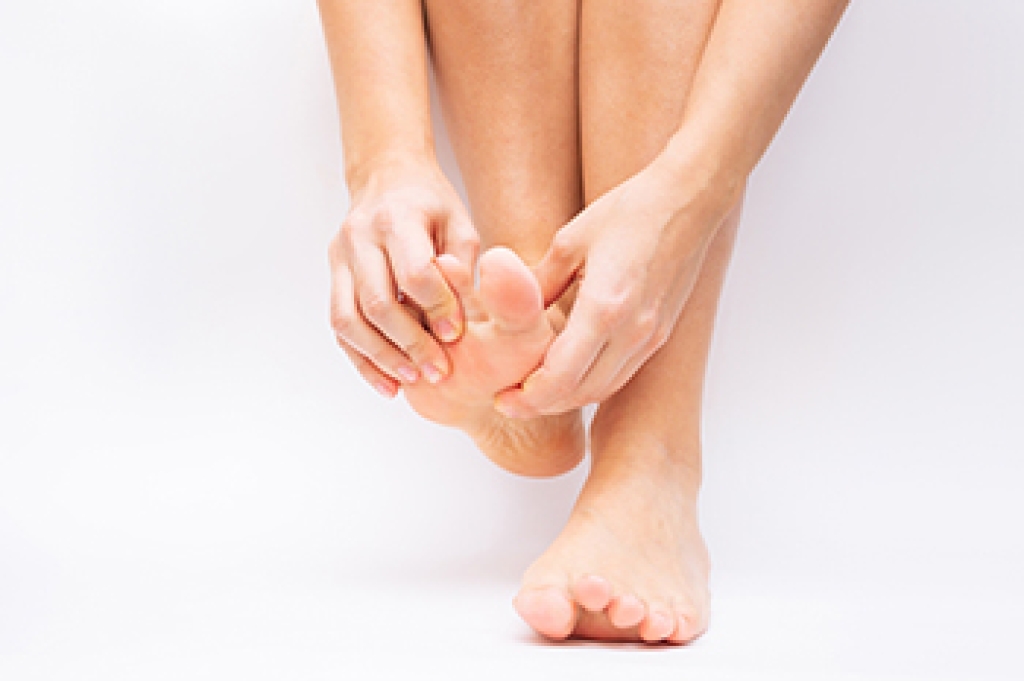
An ingrown toenail is easy to notice. The nail grows into the skin instead of over it, and it may appear red. Ingrown toenails may also become infected and bleed if prompt medical attention is not sought. This foot condition can happen from wearing shoes that are too tight or from improperly trimming the toenails. People who are born with naturally curved toenails may be prone to ingrown toenails. Temporary relief may be found when the foot is soaked in warm water and a small piece of cotton is used to gently pull the skin away from the nail. A more permanent solution is provided by a podiatrist in partially or fully removing the affected nail. This is a relatively fast procedure, but it is suggested to consult with a podiatrist to learn more. If you have developed an ingrown toenail, call your local podiatrist today.
Ingrown toenails can become painful if they are not treated properly. For more information about ingrown toenails, contact one of our podiatrists of Westside Podiatry Center, LLP. Our doctors can provide the care you need to keep you pain-free and on your feet.
Ingrown Toenails
Ingrown toenails occur when a toenail grows sideways into the bed of the nail, causing pain, swelling, and possibly infection.
Causes
- Bacterial infections
- Improper nail cutting such as cutting it too short or not straight across
- Trauma to the toe, such as stubbing, which causes the nail to grow back irregularly
- Ill-fitting shoes that bunch the toes too close together
- Genetic predisposition
Prevention
Because ingrown toenails are not something found outside of shoe-wearing cultures, going barefoot as often as possible will decrease the likeliness of developing ingrown toenails. Wearing proper fitting shoes and using proper cutting techniques will also help decrease your risk of developing ingrown toenails.
Treatment
Ingrown toenails are a very treatable foot condition. In minor cases, soaking the affected area in salt or antibacterial soaps will not only help with the ingrown nail itself, but also help prevent any infections from occurring. In more severe cases, surgery is an option. In either case, speaking to your podiatrist about this condition will help you get a better understanding of specific treatment options that are right for you.
If you have any questions, please feel free to contact one of our offices located in Liverpool, Camillus, Skaneateles, Oswego, and Cicero, NY . We offer the newest diagnostic and treatment technologies for all your foot care needs.




